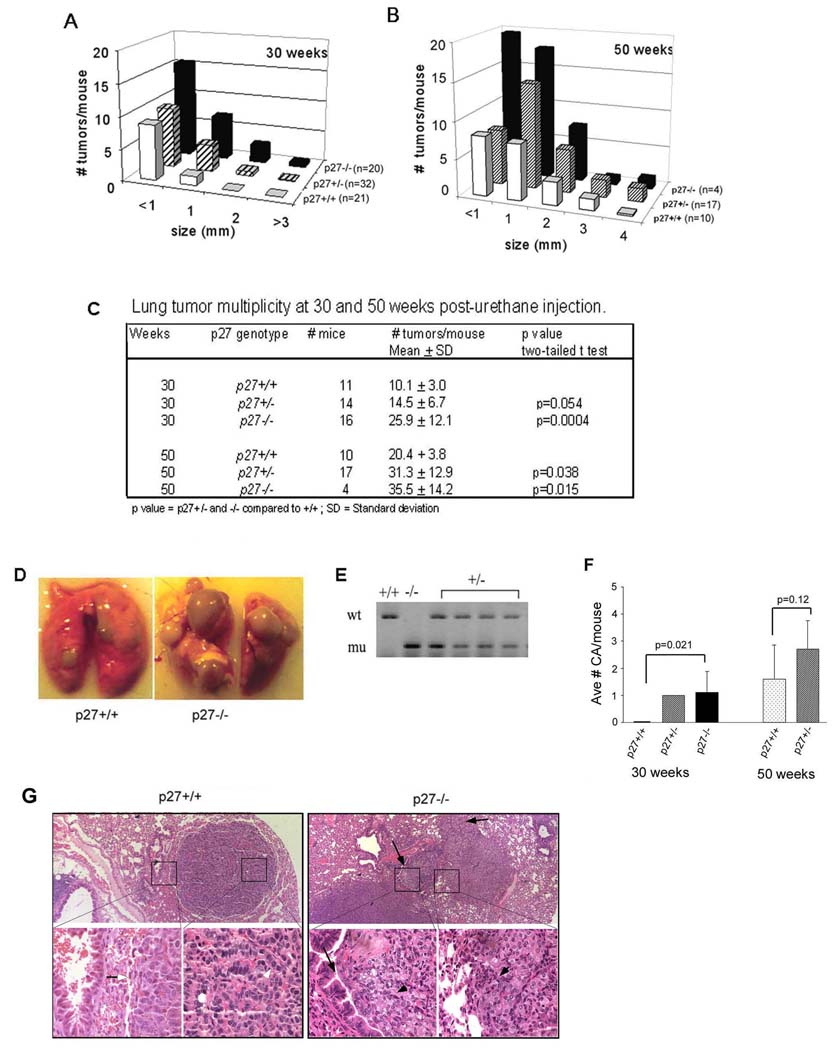Figure 1. p27 is a lung tumour suppressor.
Histogram comparing the number and sizes of urethane-induced lung tumours in p27+/+, +/−, and −/− mice at (A) 30 weeks and (B) 50 weeks post-treatment. Only four p27 null mice survived to a median age of 46 weeks and the tumour counts from these mice are graphed in (B). (C) Table showing mean number of tumours per mouse according to genotype and age. (D) Photograph of lungs from p27+/+ and p27−/− mice showing increased tumour burden in p27−/− lungs. (E) Loss of heterozygosity analysis of DNA from tumours from p27+/− mice, n= 24 tumours examined in total. DNA from p27+/+ and −/− tumours are shown as controls. wt= wild type p27 allele. mu= knockout p27 allele. (F) Histogram showing mean number of adenocarcinomas per mouse at 30 and 50 weeks of age. Insufficient numbers of p27−/− mice survived to 50 weeks, so these are not shown. Shown are p values from unpaired t-test for comparisons between genotypes. (G) Photomicrographs of lung sections with an alveolar/bronchiolar adenoma from a p27+/+ mouse (left) and an adenocarcinoma from a p27−/− mouse (right). Note the discrete boundary between adenoma and normal lung (clear arrow) and monomorphic, orderly tumour cells (clear arrowhead), compared to invasive tumour cells of the adenocarcinoma into lung parenchyma and local airway (black arrows) and pleomorphic appearance of tumour cells (black arrowheads).

